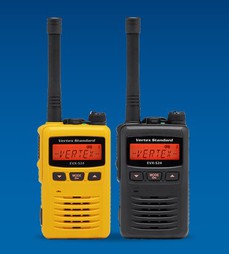 There is a lot of talk these days about moving from analog to digital two way radios. Although It's not a new concept, these migrations are starting to pick up steam. Manufacturers are constantly adding new digital models, and these new radios are gaining more serious attention and popularity among business users who are in the market for additions or upgrades to their radio fleets.
There is a lot of talk these days about moving from analog to digital two way radios. Although It's not a new concept, these migrations are starting to pick up steam. Manufacturers are constantly adding new digital models, and these new radios are gaining more serious attention and popularity among business users who are in the market for additions or upgrades to their radio fleets.
Some companies and organizations have moved their operations to either mixed or full digital radio communications, but many have not, opting to stick with analog models only.
There are several reasons for this, of course. For many businesses, particularly small scale on-site operations, short range analog radios meet their current needs and expectations of performance. In short, they seem to do the job. Digital two way radios are different, and for many businesses, an unknown or little understood technology perceived to be too advanced or upscale for their current needs.
But let's be honest. For many businesses, the primary reason is usually the cost. When they were first introduced to the marketplace, digital radios were notoriously expensive. They called into question the ROI of such a migration, as most companies considered them too pricey to seriously consider.
However, the past few years have seen a significant drop in pricing, down to a point that now brings some digital models almost right in line with the price points of their analog cousins. These radios are now within reach of more companies and organizations, and perception is beginning change.
Financials aside, there are still the perceived costs of time and effort to move everyone to a new system and new tech. Simple analog radio communications are still an industry standard, and companies still rely on them every day. So if the radios work and business is getting done, why change now?
What's the point of upgrading to digital?
There are a many advantages to using digital radios over their analog counterparts. For now, let's consider the following four:
- Audio quality - Digital radios sound better. It's hard to describe the sound quality difference in an article, but a good comparison is HD television compared to SD television. Once you start using digital radios, you really will wish you had made the move sooner. Not only is the quality always clear (it doesn't degrade with distance), more processing can take place to eliminate background noise.
- Security - Digital radios are also more secure than analog radios, as it's easier to add encryption and your conversation can't be heard by common handheld scanners. Although not a perfect solution for all situations, such encryption does add an extra layer of privacy and security that are a step or two above standard analog voice scrambling.
- Call Management - Digital technology gives you the ability to manage your calls. Digital radios allow you to direct-call a single contact from your list, instead of always calling an entire group. Of course, if you want to call a group or go all out and call everyone, you can do that as well. Digital gives you control. When it comes to digital, it really is your call.
- Text Messaging - Digital radios support text messaging. There are times when verbal communication just won't get it done, yet you still need to get the message across. Digital radios can provide pre-set or full free-form text messaging capabilities as needed, giving you more options for communicating with other members of your group or team.
But wait, there's more.
If you'd like to hear about more features, check out this Guide to Digital from Vertex Standard. Also, watch this video to see and hear a side by side comparison of analog to digital.
Will you have to eventually upgrade to digital? Most likely. In 2015 the FCC stopped approving conventional analog-only radios that are 2 watts and up. All new 2+ watt radios approved by the FCC must be digital. As manufacturers discontinue old radios, their only option is to replace them with digital models. For this reason, eventually most businesses will likely find themselves using digital radios for lack of other options. At this point there is no indication that the FCC is going to force end-users to upgrade to digital.
What's the best approach to switching to digital? There are two options: all at once, or gradually. Since replacing all of your radios at once can be an expensive undertaking, most businesses choose to do it gradually. As you add new radios to your fleet or replace older or broken radios, simply start buying digital radios instead of analog. Fortunately, all digital radios are also backwards compatible to analog radios. We can program analog channels to be compatible with your old radios, and separate digital channels for groups that are all-digital.
We offer free basic programming for the life of any radio that you buy from us, so when you reach a high number of digital radios and want to add some advanced functionality just send the radios back to us and we'll update your programming (or you can buy a programming cable and do it yourself!)
Do you have more questions? Migrating your radios from analog to digital feels like a hassle and is something that most people would just rather not deal with. We understand that and we try to make the process as simple as possible. Contact our sales department today and we'll quickly get you on the right track.




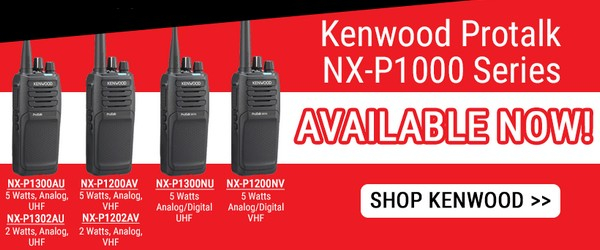
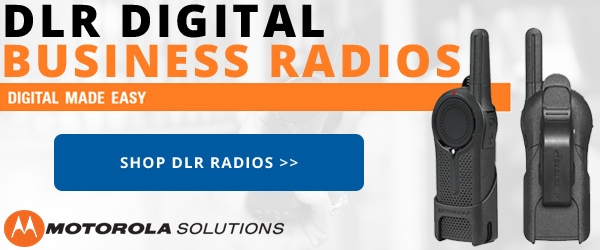
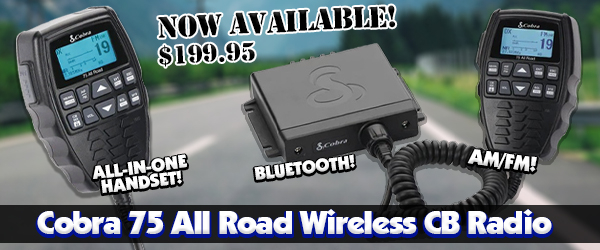
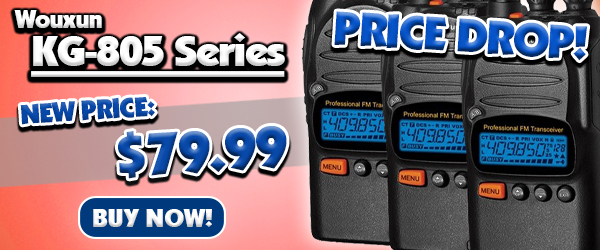


Honestly, when asked which is better – digital vs. analog two-way radios, more people are inclined to choose the digital medium.
Digital most certainly does NOT have better audio quality. Every single digital two way system I've heard sounds absolutely terrible compared to analog, wether it's P25, DMR, NXDN, etc. These modes attempt to make everything they hear into a human voice, including background noise. Instead of the static associated with analog, digital "features" distortion and artifacts. Loads and loads of distortion and artifacts. I can listen to these modes for about 30 seconds, at which point I want to turn the radio off, or throw it against a solid walk. It's absolutely terrible. Don't let a radio dealer tell you any different. Ask to hear actual radios in use in various situations and see just how lousy it is for yourself.